
Kód: 03213745
Foreign Direct Investment in Central Europe and Differences in Transition between post-communist Central European Economies
Autor Jan Angenendt
The transition process from a centrally planned to a market economy followed a very different path in East Germany compared to all other former communist countries. The German Democratic Republic acceded the Federal Republic of Ge ... celý popis
- Jazyk:
 Angličtina
Angličtina - Väzba: Brožovaná
- Počet strán: 66
Nakladateľ: Diplomica Verlag, 2011
- Viac informácií o knihe

Mohlo by sa vám tiež páčiť
Darčekový poukaz: Radosť zaručená
- Darujte poukaz v ľubovoľnej hodnote, a my sa postaráme o zvyšok.
- Poukaz sa vzťahuje na všetky produkty v našej ponuke.
- Elektronický poukaz si vytlačíte z e-mailu a môžete ho ihneď darovať.
- Platnosť poukazu je 12 mesiacov od dátumu vystavenia.
Viac informácií o knihe Foreign Direct Investment in Central Europe and Differences in Transition between post-communist Central European Economies
Nákupom získate 170 bodov
 Anotácia knihy
Anotácia knihy
The transition process from a centrally planned to a market economy followed a very different path in East Germany compared to all other former communist countries. The German Democratic Republic acceded the Federal Republic of Germany in 1990, while other former socialist countries in Central and Eastern Europe (CEE) had to start from square one after becoming independent from the USSR. In contrast to other post-soviet countries, East Germany subsequently received massive transfers from the Western part of the country. A significant part of these transfers was invested into infrastructure improvement, while a larger share was spent for consumption, raising the purchasing power in the East of Germany, allowing it to sustain a higher wage level and living standard than would have been economically possible without aid from the West.§Twenty years after the breakdown of the iron curtain and the reunification of Germany, the infrastructure in the Eastern part of the country is en par with the West. The East German wage level remains only slightly lower than the Western level (as does productivity), but is significantly higher than in neighbouring post-communist CEE-countries. Because of these differences in economic transition, it can be expected that East Germany attracts a different kind of foreign direct investment compared to other CEE-countries. The objective of this dissertation is to empirically identify the factors affecting foreign direct investment into the region and to discuss the implications of the empirical findings for regional and national economic policy. The "region" is represented in this book by East Germany and three of its Central-European neighbour-countries, the Czech Republic, Poland and Hungary.
 Parametre knihy
Parametre knihy
Zaradenie knihy Knihy po anglicky Economics, finance, business & management Economics International economics
68.99 €
- Celý názov: Foreign Direct Investment in Central Europe and Differences in Transition between post-communist Central European Economies
- Autor: Jan Angenendt
- Jazyk:
 Angličtina
Angličtina - Väzba: Brožovaná
- Počet strán: 66
- EAN: 9783842858961
- ISBN: 9783842858961
- ID: 03213745
- Nakladateľ: Diplomica Verlag
- Hmotnosť: 132 g
- Rozmery: 254 × 178 × 4 mm
- Dátum vydania: 07. June 2011
Obľúbené z iného súdka
-

New Confessions of an Economic Hit Man
15.19 € -22 % -

Merchants of Grain
21.35 € -18 % -
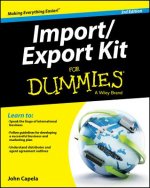
Import/Export Kit For Dummies 3e
24.84 € -21 % -

Treasure Islands
10.98 € -24 % -

International Economics: Theory and Policy, Global Edition
91.68 € -
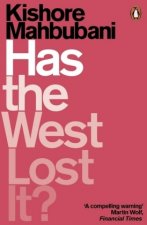
Has the West Lost It?
11.18 € -23 % -

Principles for Dealing with the Changing World Order
47.63 € -6 % -

Soros on Soros - Staying Ahead of the Curve
39.01 € -19 % -
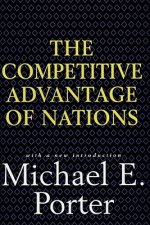
The Competitive Advantage of Nations
43.63 € -6 % -

Expert Advisor Programming for Metatrader 4
35.31 € -

Great Rebalancing
17.24 € -19 % -
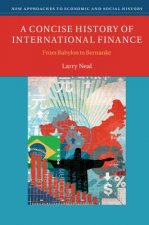
Concise History of International Finance
36.95 € -

Natural Capitalism
19.50 € -4 % -

Handbook of International Trade and Finance
87.47 € -

Japanese Business Culture and Practices
14.78 € -4 % -
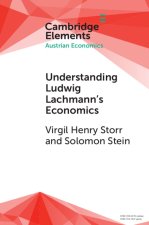
Understanding Ludwig Lachmann's Economics
25.15 € -

Secrets of Temple
26.79 € -6 % -

Turbulent and Mighty Continent - What Future for Europe?
31.92 € -

Bad Samaritans
13.34 € -23 % -

The Road to Ruin
16.62 € -23 % -

SuperHubs
11.18 € -23 % -

China Shakes The World
11.18 € -23 % -

International Economics with MyEconLab
68.68 € -

Cracking the China Conundrum
53.38 € -

Import/Export: How to Take Your Business Across Borders
30.69 € -23 % -

EuroTragedy
47.74 € -

Age of Turbulence
18.78 € -23 % -

Forex for Ambitious Beginners
24.02 € -
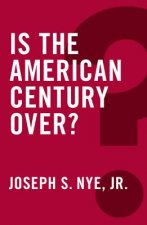
Is the American Century Over?
13.65 € -6 % -

International Trade
135.11 € -

Managerial Economics in a Global Economy
266.34 € -

Splendid Exchange
22.07 € -23 % -

Fair Trade
12.62 € -13 % -

Red Flags
30.28 € -

Transatlantic Defence Procurement
197.64 € -
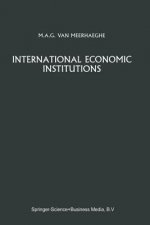
International Economic Institutions
71.04 € -

Oxford Handbook on The World Trade Organization
72.07 € -
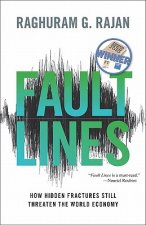
Fault Lines
15.60 € -19 % -
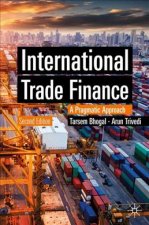
International Trade Finance
78.33 € -8 % -

No Ordinary Disruption
15.39 € -21 % -
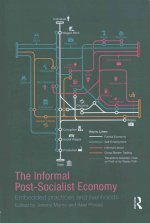
Informal Post-Socialist Economy
68.89 € -
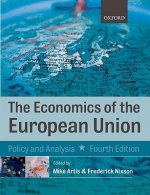
Economics of the European Union
113.86 € -
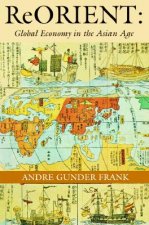
ReORIENT
43.32 € -

Doing Business in Europe
100.92 € -

Making Globalization Work
12.31 € -23 % -
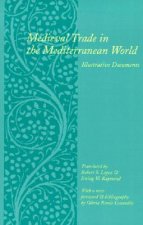
Medieval Trade in the Mediterranean World
51.94 € -

Signals
11.18 € -23 % -

Competition Policy
93.94 € -

Fair Trade Revolution
28.64 €
Osobný odber Bratislava a 2642 dalších
Copyright ©2008-24 najlacnejsie-knihy.sk Všetky práva vyhradenéSúkromieCookies







 21 miliónov titulov
21 miliónov titulov Vrátenie do mesiaca
Vrátenie do mesiaca 02/210 210 99 (8-15.30h)
02/210 210 99 (8-15.30h)